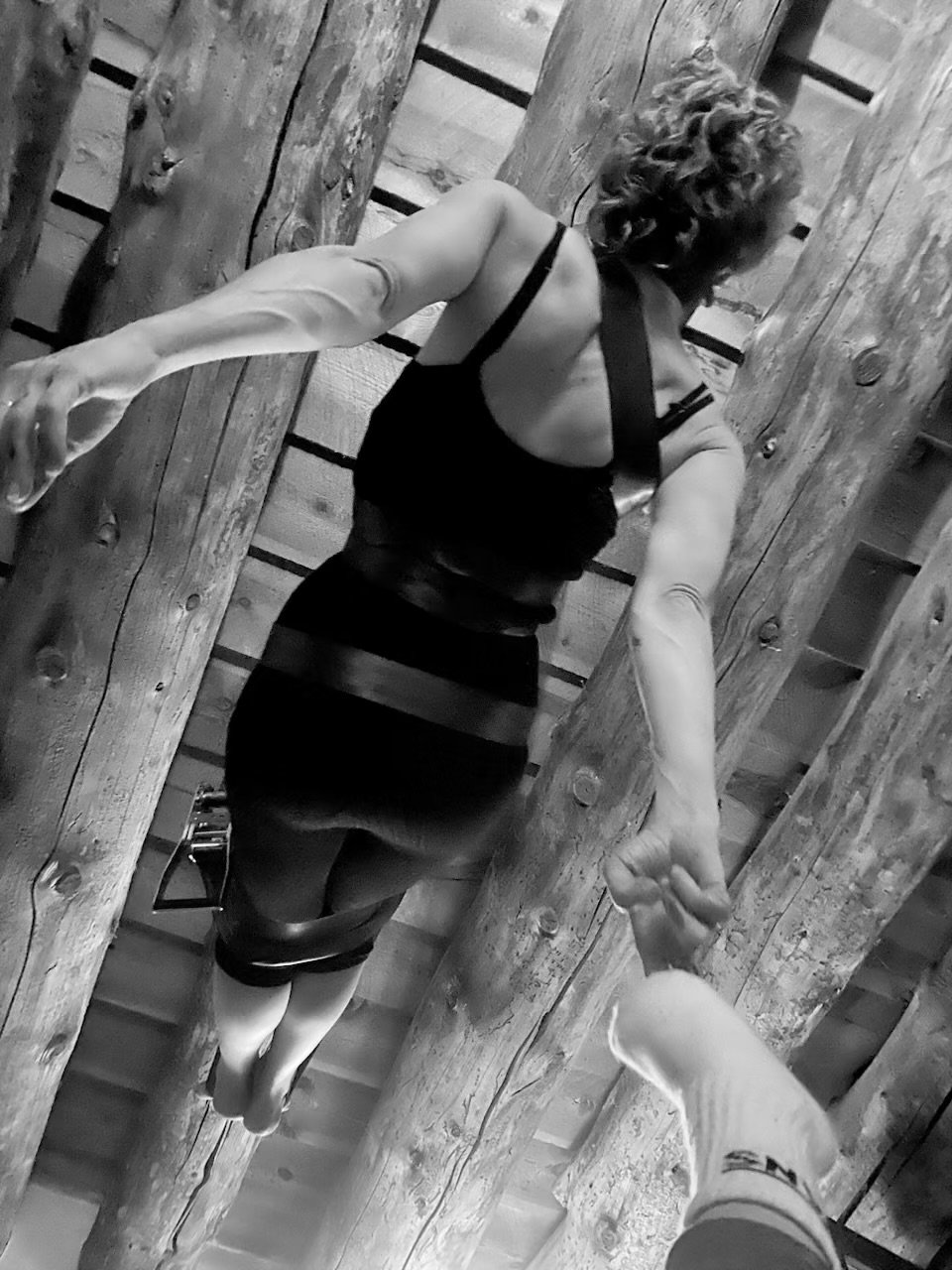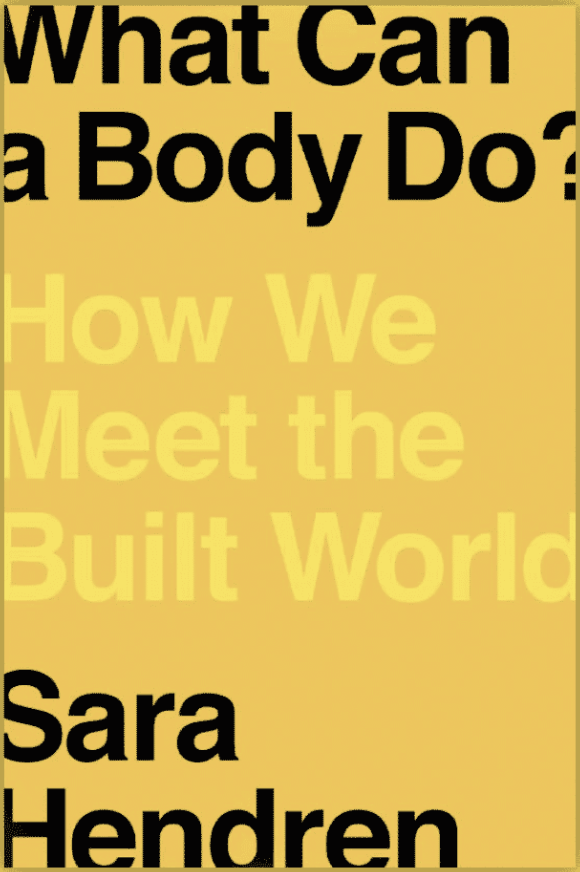Workshop Description
Creativity Is Agency is a workshop that empowers participants to articulate visions of the future through artistic and design-based practices. In an era challenged by rapid change and uncertainty run wild, creative expression is a powerful antidote for anxiety and welcomes each of us to participate in shaping the future. Drawing inspiration from 1970s approaches to learning—particularly the experimental methods described in Beatriz Colomina’s Radical Pedagogies and Phyllis Birkby’s fantasy drawing workshops—Creativity is Agency provides a space to resist scare and silence tactics by fostering imaginative, future-oriented creativity and creative acts.
With entry points for participants based on level of creative experience, the workshop begins with foundational exercises that activate creative thinking and fantasy-based exploration before progressing to identifying messages, selecting mediums, and, for advanced participants, developing and disseminating speculative works. With the option to work across performance, dance, photography, installation, drawing, painting, and digital design, participants will develop creative skills and strategies that not only bolster hope but also ensure various voices contribute to collective future-making.
This workshop gives participants an opportunity to call themselves to action—to challenge current dominant narratives, reimagine what is possible, and share visions that inspire change. Through the creative act, we claim agency in shaping the world to come.
Note: Workshop contains tiers or levels and are indicated in the learning objectives here. Upon completion, workshop participants will be able to:
Target Audience
Tier 1 - Community members seeking a step they can take to be be active in turbulence and uncertainty
Tier 2 - Arts and design oriented groups, associations, college or museum students, etc. - ages can vary
Tier 3 - Creative practitioners or educators
Learning Objectives
Implement creative techniques grounded in 1970s practices (Tier 1, 2, 3)
Integrate fantasy techniques grounded in 1970s practices (Tier 1, 2, 3)
Identify a message within and medium for creative output (Tier 2, 3 only)
Describe what you will share and how. Name your co-creators and articulate the target audience of work(s) you will disseminate (Tier 3 only)
Challenge cherished beliefs, focus on what our lives touch and we can change, Incorporate the notion that the future is shared into the work (Tier 3 only)
Workshop Format and Methodology
The format of Creativity Is Agency consists of concise instructor directives and information sharing followed by participant hands-on and interactive activities. These two primary components are punctuated by reflection (self and group), discussion, and feedback.
The methodology is described below according to the three workshop target audience tiers.
Tier 1
Warm up. Reflect. Share.
Repeat with multiple mediums - Teach them to use what is handy, affordable, Children’s art supplies and repurposed materials as available.
Make Good. Fail Good. Something In Between. (MFS)
What am I on about? Learning to ask and answer the question.
Tier 2
All that is above in a condensed format
‘What am I on about?’ Able to articulate to others
How to access? Participants define their own methods, crowd source/share among each other.
Instructor suggestions - Artist way (popular), Practice as Research, practice steeped in research
Guest artist moment
Get to work
Style. Medium. Message. - Participants articulate their own methods, crowd source/share among each other.
Remaining time to apply MFS method
Describe an actionable plan to wrap.
Tier 3
All that is above. Tier 1 could have omissions, Tier 2 could be condensed.
Style. Medium. Message. Participants articulate their own methods, crowd source/share among each other. (cont.)
Political vs. Apolitical
Variety of input in the world doesn’t need to be political to be impactful. Future is shared and a chorus of voices is needed.
How do you work with something that is newly meaningful
Does it challenge and can you challenge cherished beliefs?
Are you willing to turn towards what your life touches and not let what doesn’t touch you directly become the subject?
Duration
The workshop can be easily be scaled up or down from:
Shortest - 3 hours contact time (three 1-hour sessions, two 1.5 hour sessions, one 3-hour session) , Tier 1 only
Longest 12 hours contact time (multiple divisions possible) Tier 1, 2, and 3
Materials
Materials can adjust to fit the context.
If not context specificity, organizer is ready to use the following:
Basic school art supplies: Construction paper, paper rolls, pencils, crayons, watercolor, oil pastel, paint brushes, scissors, and smart phones - photos + video
Look to hosts to see what collage or sculptural materials are available - handy materials to explore and learn to communicate
Potential costs - Self drying clay, heavier paper
Paper mini-journals and utilizing smart phones for creative use (Notes, photo and video albums), other apps
Venue & Logistics
Can accommodate hybrid in-person / virtual - in-person preferable
In-person location requirements
Participants need to be able to wander around at or near the site and take photos and video
Work surfaces/tables (all materials are washable)
Technical requirements - projector, Wi-Fi
Budget & Funding
Materials fee - minimal
Facilitator fee - sliding scale
Can explore possible funding sources or sponsorship opportunities.
Facilitator
Dr. Henthorn is a performance artist and the Director of Academic Innovation Programs at the University of Colorado. She has taught architectural photography and sketching and the Figures in Spaces workshop at colleges and universities and was a K-8 educator in Colorado and New Mexico. She holds a PhD in Creative Practice as Research from University College London and an MFA from the University of Edinburgh. A performance artist and scholar, Jaimie’s artworks explore iconic architecture through the moving human body. She has set site-specific performances at sites including the U.S. Air Force Academy Cadet Chapel, the Salk Institute, the Bauhaus Haus am Horn.



